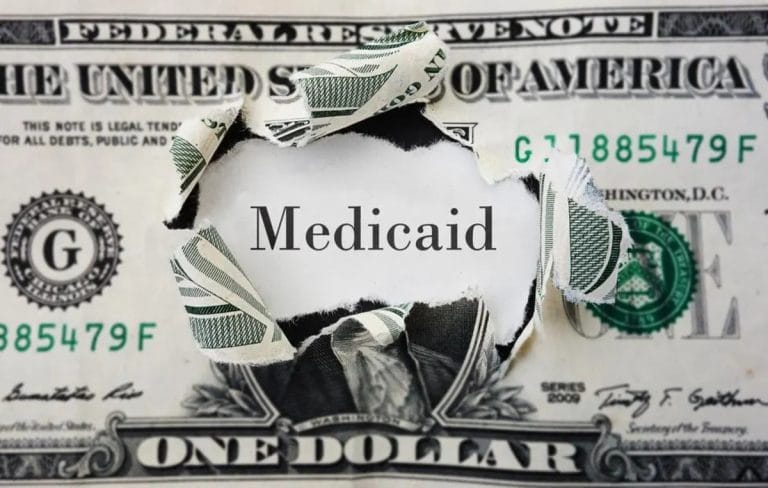🎧 Listen to This Article
Medicaid Money Games May Be Over
For decades, a quiet but powerful fiscal maneuver has allowed U.S. states to stretch federal Medicaid dollars further: the provider tax. Hospitals and managed care organizations (MCOs) would pay a tax to the state, and like magic, that money would boomerang back as part of federal matching funds. Legal? Mostly. Effective? Hugely. But fair? That’s the question CMS is finally confronting.
On May 12, 2025, the Centers for Medicare & Medicaid Services proposed rules that curb what it views as “non-redistributive” provider taxes, essentially closing loopholes states have used to pad Medicaid budgets without truly spreading the burden. While this sounds like bureaucratic fine print, the real-world fallout could be massive. And it’s not just about healthcare finance; it’s about federalism, fiscal ethics, and the delicate dance between state creativity and federal compliance.
Why Now? The Politics of Reform
Why is CMS acting now? The timing is anything but random.
States, particularly post-COVID, have increasingly relied on provider tax schemes to stabilize Medicaid amid budget volatility. Some even designed taxes so narrowly, targeting only MCOs, that they raise money with one hand and refund it with the other, avoiding broader burden-sharing.
For federal overseers, this smacks of gaming the system. CMS’s move signals it’s no longer willing to let creativity trump compliance. However, the agency is also likely responding to growing pressure from watchdogs and think tanks warning that these tactics distort Medicaid’s intent and mask underlying fiscal imbalance.
And politically? With rising scrutiny over healthcare spending and ballooning national debt, the Biden administration may want to demonstrate fiscal responsibility without directly touching entitlement benefits.
What’s at Stake for States and Providers?
If adopted, the rule change could force states to redesign how they finance Medicaid. Some may lose billions in federal matching funds unless they broaden their tax base or seek alternative revenue streams. Hospitals and MCOs that have benefited from circular funding arrangements will likely face higher net contributions.
This is especially volatile for smaller rural hospitals and safety-net providers already operating on razor-thin margins. A sudden shift in tax structure could tip some into insolvency or force painful service cuts.
And let’s not forget the domino effect: if states raise general taxes to compensate, it reopens political battles once thought settled. In other words, this isn’t just a healthcare story. It’s a state-capacity story, a fiscal federalism story, and, potentially, a social equity story.
Global and Historical Echoes
This is hardly a uniquely American dilemma. Across OECD nations, healthcare funding is a Rubik’s cube of incentives and redistribution. Germany’s Krankenkassen model relies on employer and employee contributions. In Canada, provinces constantly renegotiate funding formulas with the federal government, especially around “equalization” payments. Regional redistribution and tax equity questions are perennial flashpoints in countries like Ireland or Italy.
The U.S. provider tax model evolved in a policy gray zone. Sanctioned initially in the 1990s, it grew through successive waiver approvals and a lack of strong federal guardrails. In effect, CMS gave states enough rope to experiment and now may be tugging the leash back.
Strategic Advice: What Executives, Lawmakers, and CFOs Should Do Now
- Scenario plan for funding gaps. Medicaid-dependent providers should model what a 10–20% cut in supplemental funding would mean for operations. That includes staff, services, and long-term care capacity.
- Re-engage with state policymakers. Hospitals, health systems, and MCOs must be at the table as states reevaluate their tax structures. Silence will be costly.
- Track federal language shifts. The term “generally redistributive” is vague and loaded. Legal and compliance teams should monitor how CMS interprets this in enforcement actions.
- Push for clarity during the comment period. With 60 days open, now is the time to shape the final regulation. Associations should coordinate responses, emphasizing patient impacts and operational realities.
- Explore alternative funding mechanisms. If provider taxes shrink, can states lean more on value-based care savings, public-private partnerships, or state-level sin taxes?
For further details, clarification, contributions, or any concerns regarding this article, please get in touch with us at editorial@tax.news. We value your feedback and are committed to providing accurate and timely information. Please note that our privacy policy will handle all inquiries.



